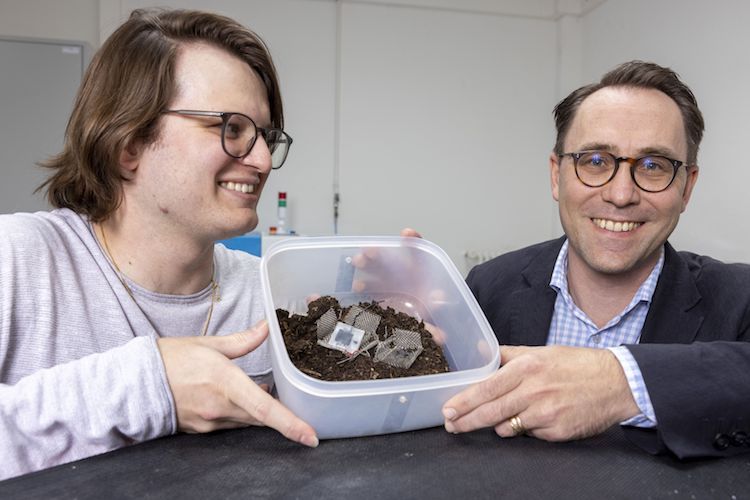Dipole shield could shield #Mars
The Martian atmosphere is a decimated shred of what it once was, thanks to the fact that a disappearing magnetic field allowed solar winds to pummel the red planet’s skies over millions of years. So naturally, one solution to making Mars more habitable may be to resurrect its magnetosphere — and it’s a crazy idea NASA scientists are actually looking into.
At Wednesday’s Planetary Science Vision 2050 Workshop at the NASA headquarters in Washington, D.C., NASA’s Planetary Science Division Director Jim Green spoke about how this magnetic shield would work.
“It may be feasible that we can get up to these higher field strengths that are necessary to provide that shielding,” Green said. “We need to be able then to also modify that direction of the magnetic field so that it always pushes the solar wind away.”







